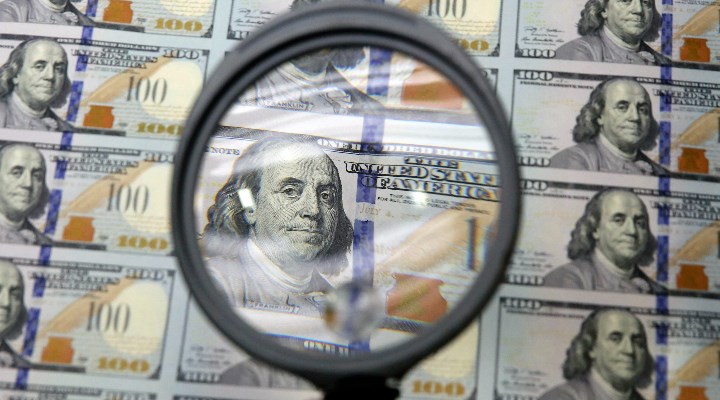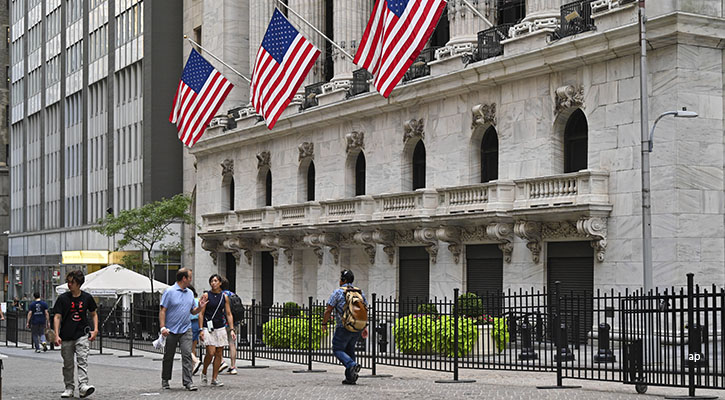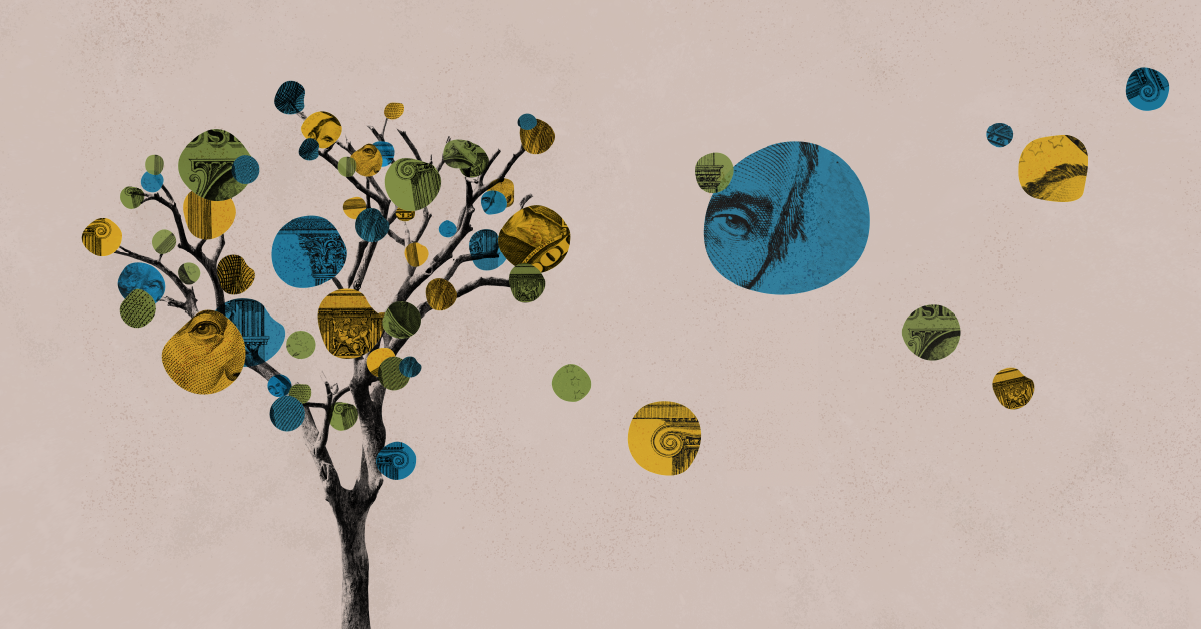
The waiting is the hardest part.
US inflation remained hot to finish out 2021, even as energy prices pulled back, supply chain bottlenecks began to be unraveled, and the Federal Reserve signaled a determination to raise rates and help keep inflation under control.
The Consumer Price Index CPI) rose 7.0% in December from year-ago levels, the largest 12-month rise for inflation since 1982, which was the tail end of one of the worst periods for inflation in recent times for the US economy. Driving the CPI higher were strong continued rising prices for autos, along with higher costs on clothing, household goods, and at restaurants.
The supply constraints that have fueled much of the rise in inflation — such as the shortage in semiconductors that has crippled the availability of new cars — will be worked through, says Preston Caldwell, Morningstar's chief economist.
The issue, however, is there is little visibility into exactly when that will be. Still, Caldwell believes the trends will soon be headed in the right direction. "Inflation in month-to-month terms will be slower in the first half of 2022 than the second half of 2021, as I don't see supply problems as getting worse over that time frame."
On the good news front for consumers, overall consumer prices rose 0.5% in December, down from the 0.8% increase registered in November and the 0.9% jump posted in September. After a long stretch of increases, gasoline, natural gas, and fuel oil prices fell during the month, helping offset the impact of price increases elsewhere in the economy.

But the difficult news came from the year-over-year increase in inflation, which ticked up in December to 7.0% from 6.8% in November--and that was the largest 12-month increase since 1982.

Morningstar analyst calculations reveal 0.34% of excess inflation — month-over-month inflation in excess of the trends from before the pandemic — in December, with autos accounting for about half of that excess inflation, Caldwell says. Other categories affected by supply constraints, such as household goods and clothing, contributed around a third.

"The bulk of excess inflation is still being driven by specific issues," Caldwell says.
"In particular, we expect the auto shortage — and other areas affected by the semiconductor shortage — to ease over the course of 2022."

Caldwell adds that "we are starting to see the impact of high wage growth in some industries feed into prices. Restaurants are exemplary of this, where prices increased 0.6% month over month in December, and prices are already well ahead of the prepandemic trend."
While inflation numbers remain elevated, the bond market is signaling that investors don't expect price pressures to get worse from here. That's in part due to the Fed's stepped-up focus on inflation and signals from the central bank that it will start raising rates as soon as March 2022.
This can be seen in what's called the break-even inflation rate. This rate — the difference between the 10-year nominal Treasury yield and the 10-year Treasury Inflation-Protected Securities yield — represents the market's expectation of what inflation will be 10 years down the line. The five-year inflation break-even reflects inflation for five years down the road.
Currently, break-even inflation rates are down from their recent highs. The 10-year is 2.5%, down slightly from a recent peak of 2.7% in November. The five-year inflation rate is currently at 2.9%, also down from a mid-November peak of 3.1%.









.jpg)












